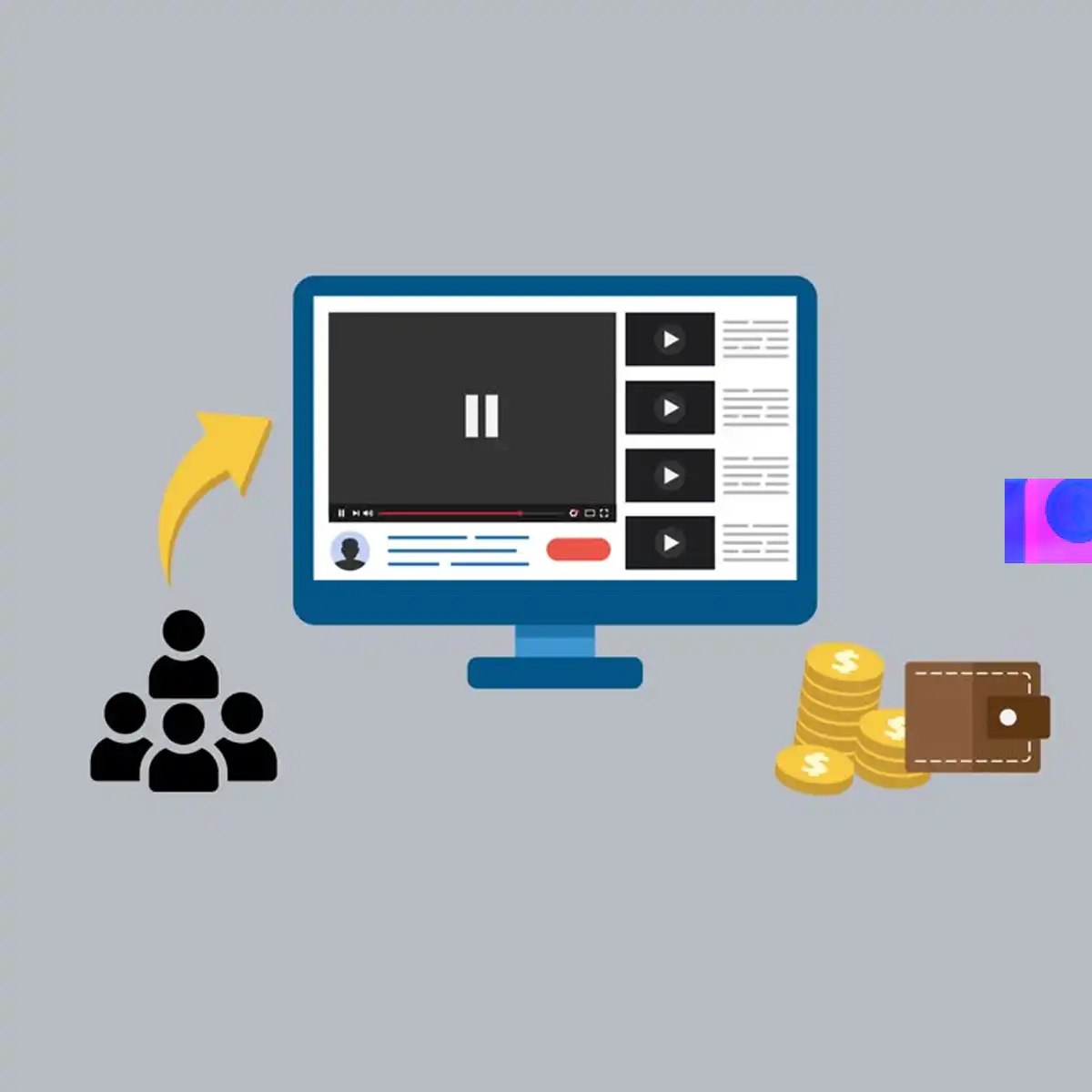The search environment of 2025 rewards depth, trust, and user value. That is not rhetoric. It is an operational mandate from Google, following a series of Google algorithm updates in 2023 and 2024 that tightened quality controls and reset expectations. The shortcut era is finished. Sustainable visibility now depends on eligibility, clean execution, and people-first intent. Start by aligning with Google Search Essentials. Treat them as entry criteria, not optional advice.
Technical requirements sit at the base. Ensure Googlebot can fetch your pages. Avoid robots.txt blocks that hide useful URLs. Keep login walls off any content you want indexed. Serve stable 200 responses, fix 4xx and 5xx at source, and expose indexable HTML that renders the primary content without fragile client-side tricks. Once eligibility is secure, apply key best practices. Create helpful content for users, not for crawlers. Place relevant search terms where they matter most in titles, headings, anchor text, and alt text. Link with standard anchor tags so the crawler can traverse the site. Promote your work so that high-quality pages discover each other through links. Add structured data so machines can confirm what humans see.
Spam policies matter as much as technical syntax. Google’s systems now evaluate intent patterns across a site. That means the wrong production model can harm everything you publish, even if individual pages look tidy. Build from a people-first premise, and you reduce risk across the board.
Confronts The 2025 Spam Policy Landscape
The 2024 core and spam updates broadened enforcement. Scaled content abuse is about motive, not the tool used to draft prose. If your pipeline creates thin pages at volume to chase rankings, expect suppression. Site reputation abuse targets low-overview third-party content on strong domains. Expired domain abuse targets re-skinned properties that try to borrow past trust for new, low-value content. Classic issues have not gone away either. Cloaking, keyword stuffing, link spam, hidden elements, sneaky redirects, and scraped text still trigger action.
Operate by durable rules. Publish only when the page solves a real user task. Let scale follow quality, not the other way around. If you use automation to draft or support research, disclose the workflow and ensure expert review. Keep your link strategy clean. Earn links through value. Mark paid placements with rel= “sponsored”. Use rel= “nofollow” for unvouched links. When in doubt, protect the user and you protect your visibility.
Places E E A T At The Core Of Credibility
E-E-A-T is not a score. It is a way to model quality that machines can detect through signals on and off your site. Experience proves first-hand use or observation. Expertise proves knowledge. Authoritativeness proves reputation. Trust is the outcome that binds them.
Use the Who, How, and Why lens. Tell readers who wrote the piece and why they are qualified. Link the byline to a biography that lists credentials, affiliations, and published work. Explain how you tested products, gathered data, or conducted interviews. Show your sources with citations to primary materials. State why the page exists. The answer should be to help a defined audience complete a task, make a decision, or understand an issue. This is essential for YMYL topics where the cost of error is high.
On-page signals carry the weight you control. Build author pages that use the Person schema. Mark up your organisation with the Organisation or LocalBusiness schema. Display real contact details and a physical presence where appropriate. Keep content updated so the page remains accurate. Off-page signals validate what you claim. Earn references from sector leaders. Collect genuine reviews on independent platforms. Contribute to reputable outlets so your brand and authors accrue third-party proof.
Turns E E A T Into Concrete On Page And Off Page Signals
Map your content model to visible trust elements. Add qualified bylines, expert reviewers, and transparent methods boxes to articles that cover sensitive or technical topics. Use Article, BlogPosting, or Review schema to connect the page to the author entity and, when relevant, a reviewedBy entity. Add citation properties for studies and reports that the piece relies on. Publish a clear editorial policy and corrections process, back up claims with data, not generalities. Across the site, maintain HTTPS, stable URLs, and a privacy policy that matches how you collect and process data. These are small details that reduce doubt and improve perceived safety.
Optimises Crawl Indexation And Migrations
Discovery and indexation set the ceiling on your potential. First stabilise crawl capacity. Improve server response times, remove brittle code paths that trigger 5xx, and compress assets. Then increase crawl demand by producing pages that attract attention and links. Keep XML sitemaps accurate, canonical, and fresh with lastmod. Return 404 or 410 for retired URLs to prevent Google from wasting fetches. Avoid long redirect chains. Canonicalise duplicates with rel= “canonical” and 301 redirects.
Block low-value crawl sinks, such as infinite faceted combinations and internal search results. Do not use robots.txt to fix duplication. It prevents crawling, not indexing, so the URL can still appear without a canonical signal. For migrations, treat mapping as the heart of the job. Develop a one-to-one redirect plan that maps every legacy URL to a single new target. Update internal links to point to new destinations. Submit sitemaps and change of address in Search Console. For hosting moves without URL changes, manage DNS carefully, lower TTL, and monitor logs during cutover.
Bold checklist for technical SEO focus
• Crawl budget aligned to business pages.
• Canonical tags and clean redirects.
• XML sitemaps with accurate lastmod.
• Server logs to verify Googlebot behaviour.
Elevates Page Experience With Core Web Vitals
Page experience is part of helpful content. The Core Web Vitals provide field-based thresholds that correlate with satisfaction. Largest Contentful Paint should land within 2.5 seconds. Interaction to Next Paint should be 200 ms or less. Cumulative Layout Shift should be 0.1 or less. Use the Core Web Vitals report in Google Search Console to track real user data by URL group. Use PageSpeed Insights and Chrome DevTools for lab analysis. Fix server latency first, then render blocking resources, then heavy images, then layout stability. Treat responsiveness as a product requirement, not a tidy-up task.
Position targets in business terms. Do not ask only whether your LCP is under 2.5 seconds. Ask whether your LCP is competitive for your market. If similar retailers average 2.2 seconds, match or beat it. Tie improvements to conversion events and support tickets to secure resources. Page experience changes that reduce input delay or layout shift often lower abandonment and downstream costs.
Fun fact: INP replaced First Input Delay as a Core Web Vital in March 2024, which shifted attention from the first tap to the consistency of interaction across the whole session.
Uses Structured Data To Signal Credibility
Structured data is more than a rich result tactic. It is a way to declare the entities on a page and the relationships between them. That matters for E-E-A-T. Start with Organization or LocalBusiness to set the identity of the site. Add legal name, logo, contact points, sameAs profiles, and address where relevant. Use Person for authors with knowsAbout and alumniOf to define areas of expertise and background. On articles, reference the author entity directly. When a specialist reviews work, add reviewedBy with a date and link to the reviewer’s profile. Use citation properties to reference studies, manuals, or datasets. Mark up products, events, FAQs, videos, and how-to content accurately. Do not mark up elements the user cannot see. Test with the Rich Results Test and monitor Search Console enhancements for errors.
Optimises Images And Video For Discovery And Speed
Images and video shape perceived quality and affect Core Web Vitals. Name files with descriptive terms, not generic strings. Supply specific alt text that describes the subject and context. Serve images in WebP or AVIF, and provide a responsive srcset so mobile and desktop devices fetch appropriate sizes. Place media near the text it supports. Expose images through an image sitemap, especially when content loads via JavaScript.
For video, dedicate a page to each important asset. Implement VideoObject with title, description, duration, upload date, contentURL, and a high-quality thumbnail. Allow Googlebot to fetch the file and do not block key resources. Provide transcripts or captions so users and crawlers can access the substance even with audio off. Host choices affect discovery and speed. Test how your platform surfaces key moments and whether the file remains accessible to crawlers.


Builds Topical Authority With Hubs And Spokes
Topical authority lets smaller sites compete by going deep on a focused subject. Use topic clusters to signal coverage and intent. The pillar page provides a complete guide to the core theme. Cluster pages address specific questions and needs related to that theme. Link both ways with descriptive anchors so the relationship is clear. Cover breadth and depth. Study top results to identify existing information, and then deliver insights gained from missing angles, improved data, or clearer methods.
Map intent across the journey. Include informational explainers, comparison guides, and transactional decision support where appropriate. Keep the cluster fresh. Review rankings, update facts, add new subtopics, and prune redundant pages. Use internal links from new articles to reinforce the pillar as the canonical entry point.
Earns Links Through Digital PR And Ethical Outreach
Links still act as third-party votes, but quality beats quantity. Build assets that journalists, editors, and practitioners want to reference. Original research, market surveys, interactive tools, and well-documented case studies earn attention. Pitch with clarity and relevance. Show why the data matters to their readers now. Provide quotes, charts, and regional cuts where helpful. Maintain a newsroom-ready press page with author bios, brand assets, and contact details to reduce friction.
Not every link needs a significant asset. Track unlinked brand mentions and request attribution. Contribute expert commentary to journalist requests through reactive PR platforms. Use broken link building to repair resource pages with your superior replacement. Avoid paid link schemes and circular exchanges. Mark sponsors correctly. Focus on editorial fit and user value. That approach keeps your authority durable through quality updates.
Wins Local Search With GBP NAP And Reviews
For service areas and storefronts, Google Business Profile is the most visible surface. Claim and verify the listing. Choose the most specific primary category and add relevant secondary categories. Keep name, address, phone, and hours accurate. Add photos and short clips that reflect reality. List services and products so that query matching works well. Post updates to show activity. Seed the Q&A with clear answers to common questions.
Keep citations consistent. Audit directory entries so NAP matches across the web. Use sector-relevant sources rather than low-quality bulk listings. Ask happy customers for reviews and respond to all feedback. Reviews influence ranking and conversion. Handle negative comments calmly and factually, offer to resolve issues, and show prospective customers how you operate.
Closes The Loop With Auditing Monitoring And Logs
Continuous improvement separates stable performers from volatile ones. Treat Google Search Console as the primary telemetry. The Page indexing report shows what is in and out of the index and why. Fix server errors and mistaken noindex flags, and investigate “Crawled currently not indexed” to understand perceived quality. Use the URL Inspection tool to test live fetches, render output, and request indexing for priority updates. Watch the Core Web Vitals report for field data shifts and the Manual Actions and Security Issues reports for urgent risks.
The Performance report powers content strategy. Find striking distance queries where pages sit in positions 5 to 15 and tune them with better intros, sharper headings, fresher data, and stronger internal links. Study the query spread for each page to discover topics you have not answered well. Move from guesswork to evidence. Align updates with intent and measure the result.
Go deeper with server log analysis. Logs reveal exactly what bots fetched and how often. Verify Googlebot via reverse DNS, then compare crawl frequency to business value. Ensure cornerstone pages receive regular bot visits. Identify crawl waste on parameterised URLs, legacy assets, and redirect chains. Combine logs with a site crawl to surface orphan pages that attract crawlers but have no internal links. Clean those up or integrate them properly. Logs also expose unwanted bots that load the server. Rate limit or block them to protect capacity.
Concludes With A Unified Action Plan For 2025 And Beyond
The winning pattern in 2025 is integration. Eligibility, helpful content, user experience, authority signals, and continuous diagnostics form one system. Put the user first and align that intent with machine-readable clarity. Prove your expertise through transparent methods and qualified authors. Structure your site for coverage and comprehension. Ship fast pages that remain stable under real-world use. Earn attention the hard way by creating work that others cite.
Translate this into an operating cadence.
• Quarterly audit Search Essentials compliance and indexing health.
• Monthly review Core Web Vitals and prioritise regressions that hurt INP and LCP.
• Fortnightly tune striking distance pages based on Google Search Console data.
• Ongoing build topic clusters where you can own a subject end-to-end.
• Ongoing run digital PR campaigns tied to data no one else has.
• Continuous log analysis to verify crawl allocation and find waste.
The principle is simple. Make every page a clear answer to a human need. Make every signal easy for machines to verify. When these two forces align, rankings follow. Think of your site as a well-run newsroom and a well-engineered product in one. The editorial desk sets the story, the engineering team ensures delivery, and the audience decides whether you earned attention. As the proverb says, measure twice, cut once.




